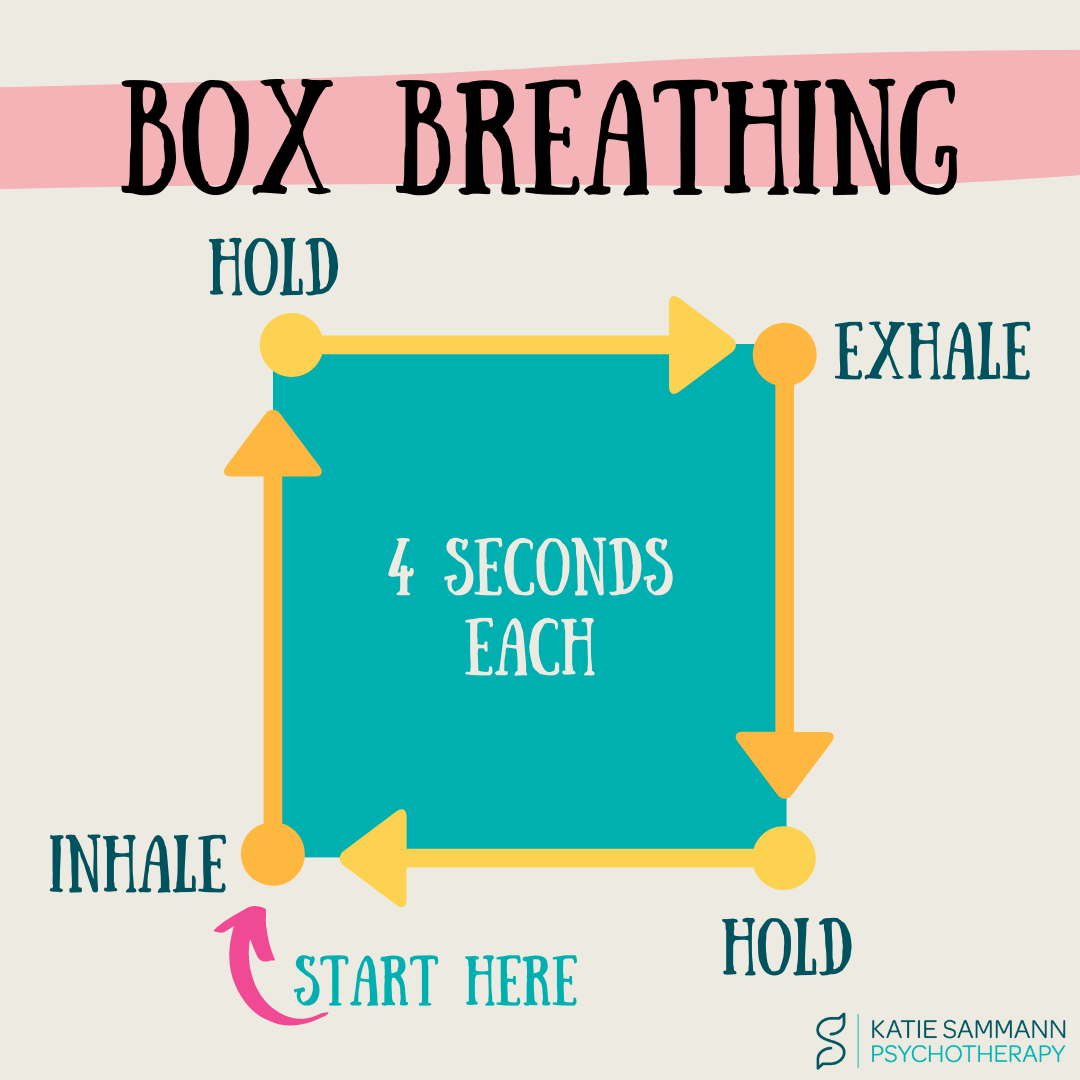Practice Mindfulness: 5 Minutes or Less to Prioritize Your Well-Being

All negativity is caused by an accumulation of psychological time and denial of the present. Unease, anxiety, tension, stress, worry – all forms of fear – are caused by too much future, and not enough presence. Guilt, regret, resentment, grievances, sadness, bitterness, and all forms of nonforgiveness are caused by too much past, and not enough presence. . . The power for creating a better future is contained in the present moment: You create a good future by creating a good present.
– Eckhart Tolle

INTRO
The practice of mindfulness is a combination of awareness and acceptance. When you practice awareness, you focus your attention on your current—present—thoughts, feelings, and experiences. When you practice acceptance, you observe and accept—rather than judge or avoid—those thoughts, feelings, and experiences.
While you do not have to formally meditate to practice mindfulness, mindfulness is frequently used in meditation and certain kinds of therapy. Its benefits include lowering stress levels, reducing harmful ruminating, and protecting against depression and anxiety. Research even suggests that mindfulness can help people better cope with rejection and social isolation.
OBJECTIVES
- Prioritize forming a habit of practicing mindfulness by scheduling it into your schedule
- Discover which mindfulness strategies work best or you and incorporate it/them into your routine
- Practice engaging in short sessions of mindfulness whenever you need to pull yourself away from negative thoughts, feelings, experiences
What is the purpose of mindfulness?
Mindfulness can be defined as paying attention to present-moment experiences with openness, curiosity, and a willingness to be with what is. Mindfulness can be trained systematically, and it can be implemented more fully in daily life by people of any age, profession, or background.
The goal of mindfulness is to develop perspective on your consciousness and identity that can bring you greater peace mentally and relationally. Mindfulness may also be used to help address/reduce stress, anxiety, or pain, and simply to become more relaxed.
How do I practice mindfulness or be more mindful?
Practice Awareness: Observe your thoughts and emotions and explore why those specific ideas might be surfacing.
Practice Acceptance: Avoid judging or pushing away unpleasant thoughts. Emotions are natural and everyone has them—acknowledging them can help you understand yourself better and move forward.
Mindfulness can help bring you into the present moment throughout the day. As you wake up, you can focus on your breathing and the way your body gradually becomes more energized. You can incorporate a brief meditation into your work day, perhaps on your lunch break, and focus and appreciate the experience of eating during meals.
The Benefits of Mindfulness
Mindfulness is frequently used in meditation and certain kinds of therapy. Its benefits include lowering stress levels, reducing harmful ruminating, and protecting against depression and anxiety. Research even suggests that mindfulness can help people better cope with rejection and social isolation.
GUIDED MINDFULNESS PRACTICES
You can engage in the below guided mindfulness routines even if you only have a (literal) minute to spare. You don’t have to have any special space or equipment or anything. You can be sitting in your desk chair, on a bench outside, lying in your bed, etc.
We’re providing just a few examples to get you started. There are LOTS of different versions available on various wellness apps, websites, YouTube videos, etc.
We recommend checking out the UCLA MARC Guided Meditations Site (and app) as they offer a variety of free guided meditations and mindfulness programs, they are offered in several different languages and they list the time needed for each.
Mindfulness — like all self-care practices— is very personal. Some of the guided practices may not “work” for you and some may even feel irritating. We encourage you to keep exploring until you find something that works.
Even if you just need some calming music or white noise and a breathing technique (like box breathing) to clear your mind and be present in the moment, you can still reap the benefits of mindfulness.












Responses